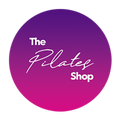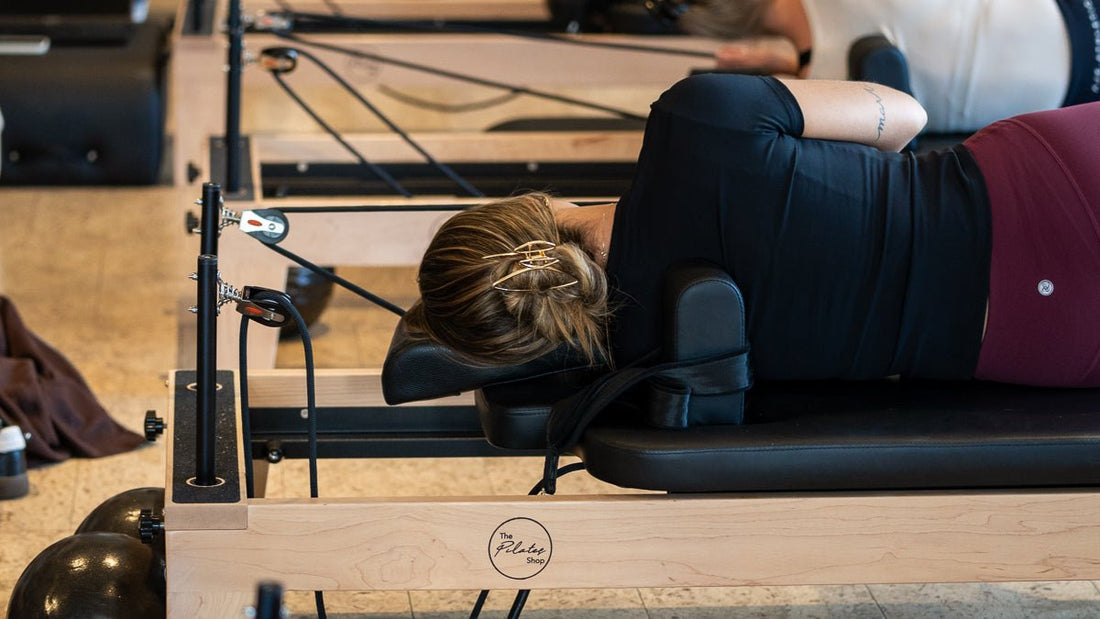When it comes to Pilates, most people think of core strength, flexibility, and controlled movements. But one of the most crucial elements of a successful Pilates practice is often overlooked: the breath. Breathing in Pilates isn't just about oxygenating the body; it plays a fundamental role in enhancing your workout, supporting movement, and engaging your core. In this blog post, we'll explore the role of breath in Pilates and how proper breathing techniques can elevate your practice.
Why Breathing Matters in Pilates
In Pilates, breath control is deeply intertwined with movement. Joseph Pilates, the founder of this exercise method, believed that "breath is the first act of life and the last." He emphasised the importance of deep, full breaths to cleanse and energise the body. Proper breathing in Pilates serves several key functions:
-
Core Engagement:
- The diaphragm, a primary muscle of respiration, works closely with the deep core muscles. When you inhale deeply and fully, your diaphragm contracts, creating pressure that helps stabilise your core. This stabilisation is essential for performing Pilates exercises with control and precision.
-
Movement Efficiency:
- Coordinating your breath with movement allows for smoother, more controlled exercises. Breathing deeply helps you maintain a steady rhythm, making each movement more fluid and effective.
-
Stress Reduction:
- Pilates is not just a physical workout; it's also a mental one. Deep, controlled breathing helps activate the parasympathetic nervous system, reducing stress and promoting relaxation. This mindfulness aspect of Pilates is key to its holistic benefits.
-
Oxygenation and Detoxification:
- Proper breathing increases oxygen flow to your muscles, which is crucial for energy production and endurance. It also helps eliminate carbon dioxide and other waste products from the body, keeping your system clean and functioning optimally.
Basic Breathing Techniques in Pilates
Understanding and mastering the basic breathing techniques in Pilates can significantly enhance your practice. Here are the two main types of breathing used:
-
Lateral Breathing:
-
What It Is:
- Lateral breathing involves expanding your ribcage to the sides and back as you inhale, rather than letting your belly rise. This technique allows your core muscles to remain engaged while you breathe.
-
How to Practice:
- Sit or lie down in a comfortable position. Place your hands on the sides of your ribcage. Inhale deeply through your nose, feeling your ribs expand outward and backward. Exhale fully through your mouth, drawing your ribs back in and engaging your core. Practice this breathing technique until it feels natural.
-
What It Is:
-
Diaphragmatic Breathing:
-
What It Is:
- Diaphragmatic breathing, or belly breathing, focuses on using the diaphragm to take deep, full breaths. While it's not as commonly emphasised in Pilates as lateral breathing, it’s still essential for relaxation and oxygenation.
-
How to Practice:
- Lie on your back with one hand on your chest and the other on your abdomen. Inhale deeply through your nose, allowing your belly to rise while keeping your chest relatively still. Exhale through your mouth, letting your belly fall. This type of breathing can be particularly useful for calming the mind and body before or after your Pilates session.
-
What It Is:
Incorporating Breath into Pilates Exercises
Now that you understand the importance of breath and the basic techniques, let's explore how to incorporate breathing into some common Pilates exercises:
-
The Hundred:
-
Breath Pattern:
- Inhale for five counts, then exhale for five counts.
-
Benefits:
- This exercise is a great way to warm up the body and engage the core. The breath pattern helps maintain a steady rhythm, making the movement more effective.
-
Breath Pattern:
-
Roll-Up:
-
Breath Pattern:
- Inhale to prepare; exhale as you roll up; inhale as you reach forward; exhale as you roll back down.
-
Benefits:
- Coordinating breath with this exercise helps control the movement, making it more fluid and preventing momentum from taking over.
-
Breath Pattern:
-
Single Leg Stretch:
-
Breath Pattern:
- Inhale as you switch legs; exhale as you switch again.
-
Benefits:
- This exercise, when done with proper breathing, keeps the core engaged and ensures that the movement is controlled and precise.
-
Breath Pattern:
-
Spine Stretch Forward:
-
Breath Pattern:
- Inhale to prepare; exhale as you reach forward; inhale to hold; exhale to return to starting position.
-
Benefits:
- Breathing deeply during this stretch helps elongate the spine and release tension, enhancing the stretch's effectiveness.
-
Breath Pattern:
Tips for Mastering Breath Control in Pilates
- Start Slow: If you’re new to Pilates or breathing techniques, take it slow. Focus on your breath during simpler exercises and gradually incorporate it into more complex movements.
- Practice Mindfulness: Pay attention to how your body feels as you breathe. Are you holding tension in certain areas? Is your breath shallow or deep? Use this awareness to guide your practice.
- Use Visualisation: Imagine your breath filling your lungs and expanding your ribcage. Visualise the oxygen flowing to your muscles and energising your body. This can enhance the connection between breath and movement.
- Stay Consistent: Like any skill, mastering breath control takes time and practice. Make it a regular part of your Pilates routine to experience the full benefits.
Conclusion: Elevate Your Pilates Practice with Proper Breathing
Breath is the foundation of Pilates, supporting movement, engaging the core, and promoting relaxation. By mastering proper breathing techniques, you can enhance the effectiveness of your workouts, improve your mental focus, and achieve a deeper connection with your body. So next time you step onto your mat, remember to breathe deeply and mindfully, letting your breath guide you through each movement. Over time, you’ll find that this simple yet powerful practice can transform not just your Pilates routine, but your overall well-being.

